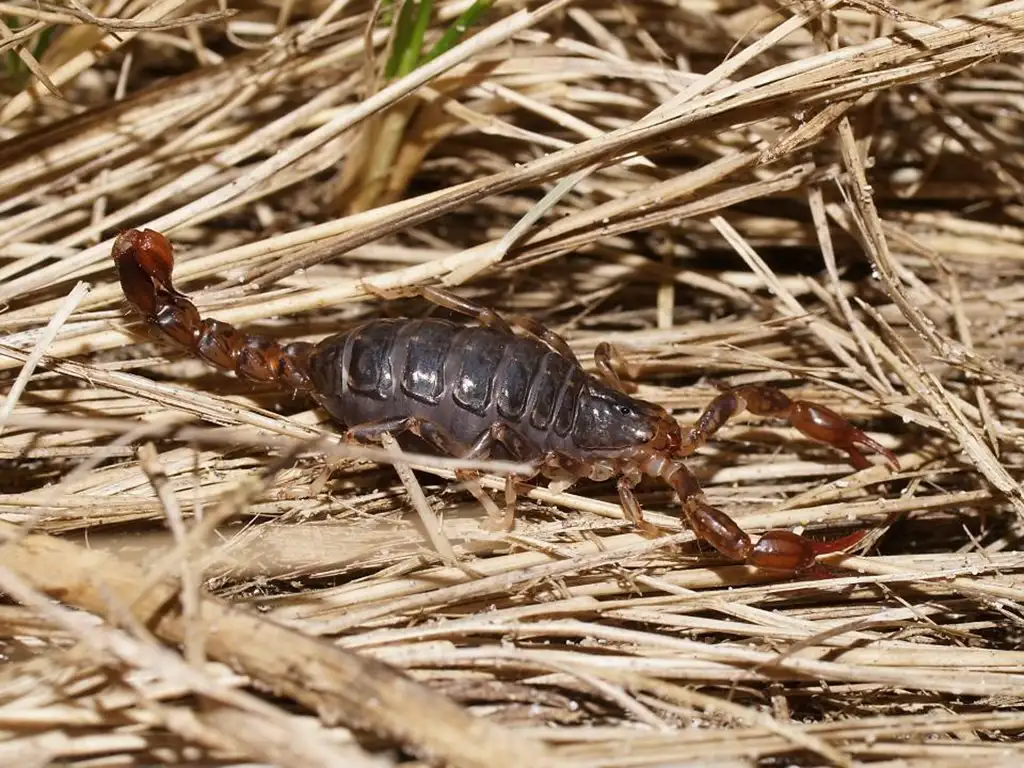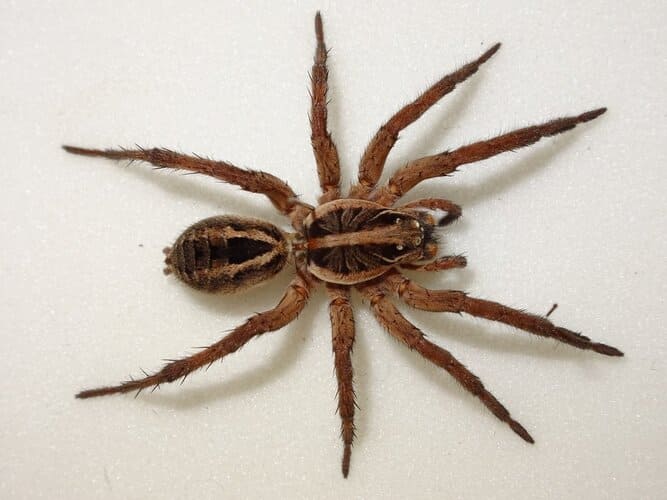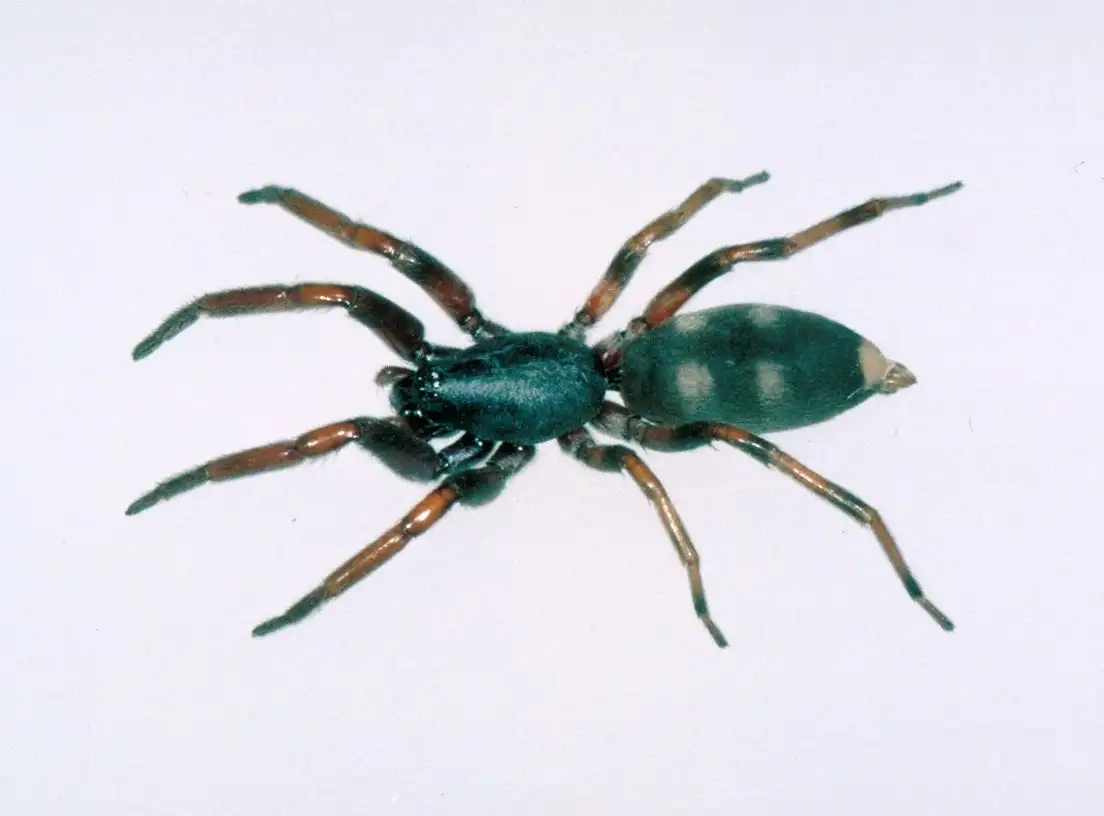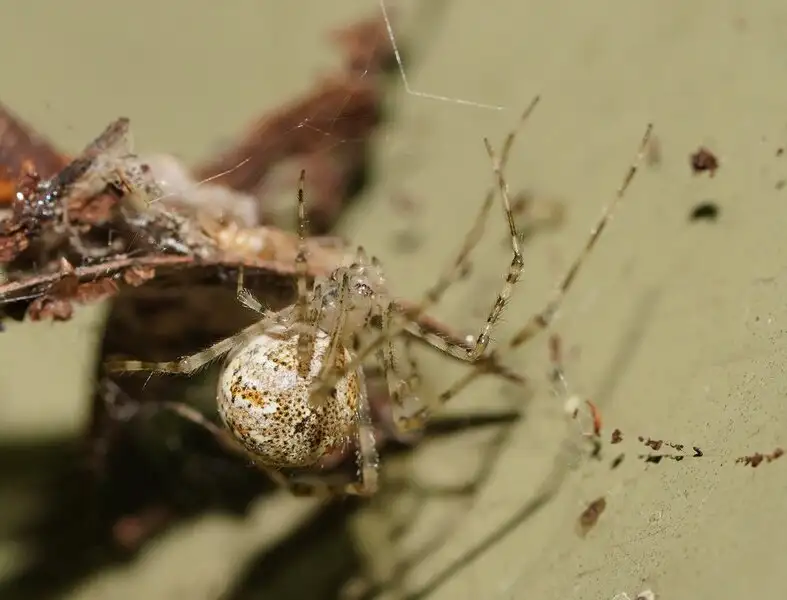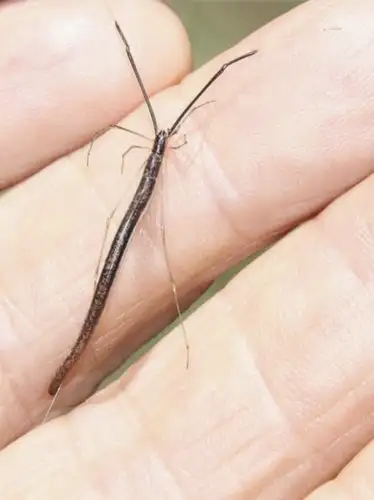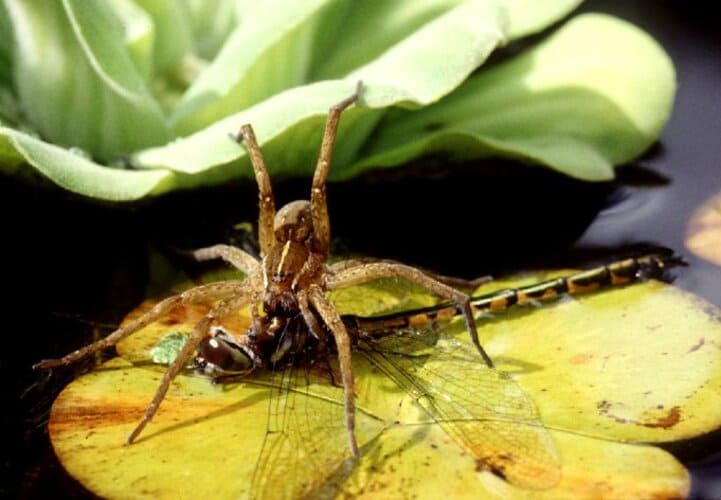Ophiogomphus spinicornis
IUCN
LCBasic Information
Scientific classification
- name:Ophiogomphus spinicornis
- Scientific Name:Ophiogomphus spinicornis,Northern arrow dragonfly
- Outline:Arthropoda
- Family:Insecta Odonata
Vital signs
- length:About 5 cm
- Weight:No verification information
- lifetime:No verification information
Feature
A good mosquito hunter
Distribution and Habitat
The thorn-horned snake dragonfly is distributed in China (Hebei, Inner Mongolia, Shanxi, Gansu, Qinghai, Beijing), Mongolia, and Russia (Tuva, Chita, Buryatia).
The larvae live in sand, mud or water plants in the water. A few larvae live in woodland debris or tree holes with accumulated water, or crawl out of the water and attach to rocks in the water film. The thorn-horned snake dragonfly is usually active in the daytime near the environment where the larvae live. It often flies in rivers, ponds, and streams. Female thorn-horned snake dragonflies like to stay in places far away from water sources, such as near forests, where it is easier to get food.
Appearance
The male abdomen of the spiny-horned dragonfly is 40 mm long, the hind wings are 35 mm, and the wing mole is 4 mm. The female abdomen is 47 mm long and the hind wings are 40 mm. The lower lip of the male head is all yellow with yellow hair on the edge. The upper lip is yellow with black hair. The base of the front and rear lips are both yellow. The forehead is yellow. There are a few black small teeth at both ends. The top of the head is black, and there is a half-arc-shaped ridge above the single eye with long black hair on it. There is a large yellow spot behind the ridge. The prothorax is black with yellow spots, the front edge of the front lobe is reddish yellow, the rear edge is black, there is a pair of round spots in the center of the dorsal plate, with large yellow spots on both sides, and the rest is black, the center of the rear lobe is with a large yellow spot, and the rest is black. The whole chest is mostly red and yellow, the collar stripe is interrupted in the middle, th
Details
Ophiogomphus spinicornis is an insect of the family Ophiogomphidae and the genus Ophiogomphus. This species was first published by Belgian scholar Edmond de Chellies Longchamp in 1878.
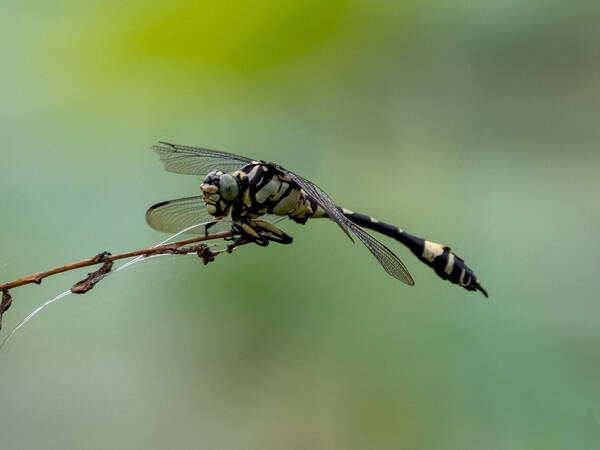
The adult thorny-horned dragonfly is good at flying. It not only has endurance for long-distance flights, but also has superb flying skills. They can fly "fixed", that is, fly "still" in one place, neither moving forward nor backward. The thorny-horned dragonfly mainly feeds on small insects and is a good hunter for mosquitoes.
The spiny-horned snake dragonfly generally overwinters in water as eggs or larvae, and a few species of adults can also hibernate. The spiny-horned snake dragonfly is an incomplete metamorphosis. The life cycle only goes through three stages: egg, larvae and adult. The duration of each stage varies greatly among different species. After 5-230 days, the egg hatches into a "pre-larva" wrapped in a thin chitin membrane sheath. After a few seconds to tens of minutes, the membrane sheath is shed and enters the second instar, becoming a larva that can move freely in the water, commonly known as a water scorpion.
The larvae must go through 9-15 instars to mature. The mature larvae crawl out of the water, ending their life in the water, attaching to stones, plants or other objects, and shedding their outer shells to enter the adult stage. The newly emerged adult has a soft body, and it takes several hours or days to harden the body shell. As the body fluid circulates, the wing buds stretch and straighten, and the body color and patterns gradually become brighter. Only then can the spiny-horned snake dragonfly fly away from the molting place and fly in the vast sky.
Before mating, the sexually mature male insect first bends its abdomen forward, moves the genital opening on the 9th abdominal segment to the bottom of the 2nd and 3rd abdominal segments to connect with the secondary penis of the copulatory organ, and stores the sperm package (formed by the band-like mucous membrane wrapping the sperm) in the scrotum through the penis. After completing the sperm transfer, the male insect chases the female insect in the air and holds the relevant parts of the female insect with the anal appendage at the end of the abdomen. The female insect hugs the abdomen of the male insect with six legs, automatically bends the abdomen, extends the genital opening at the end of the abdomen to the second segment of the male insect and connects with the secondary penis, forming a ring-shaped series. After mating, the female insect quickly lays eggs. Oviparous. Female spiny-horned dragonflies lay eggs on the water surface or aquatic plants. After hatching, the larvae live in the water and prey on small animals in the water.
The spiny-horned dragonfly is an important natural enemy insect and indicator insect of water quality environment that is beneficial to humans.
In 1989, the spiny-horned dragonfly was listed as a second-class protected animal in China.
Listed in the "Red List of Threatened Species of the World Conservation Union" (IUCN 2019 ver 3.1) - Least Concern (LC).
Listed in the second level of the "List of National Key Protected Wildlife in China".



